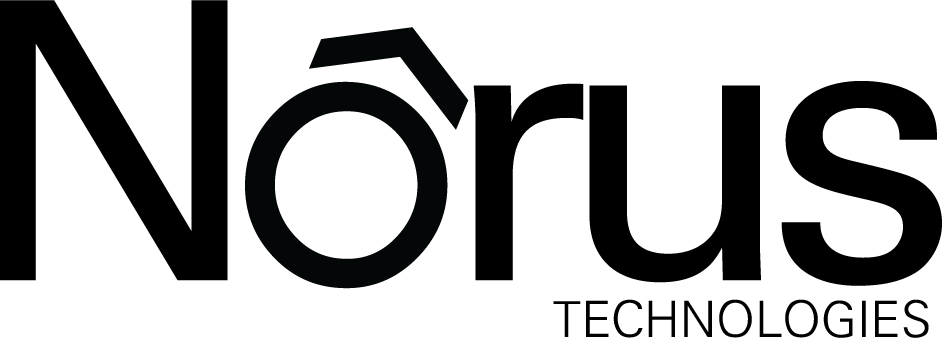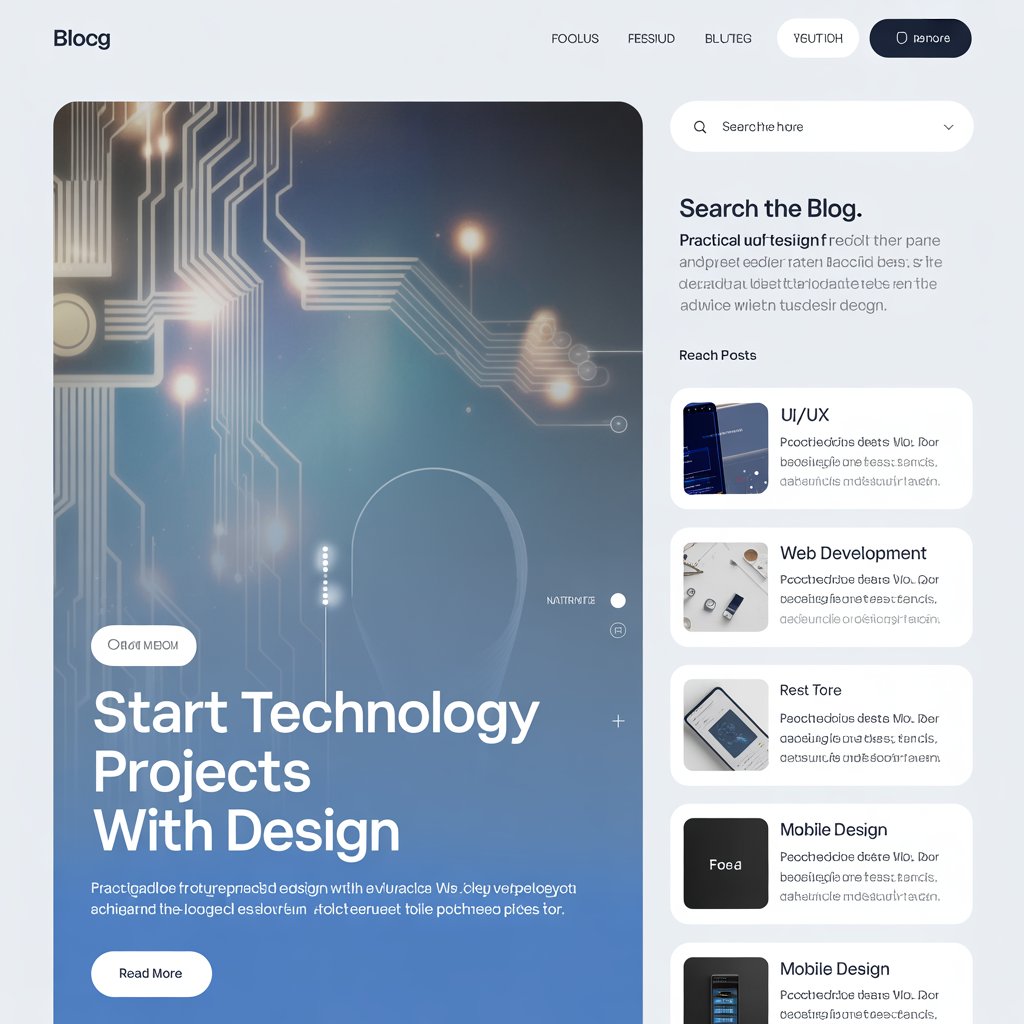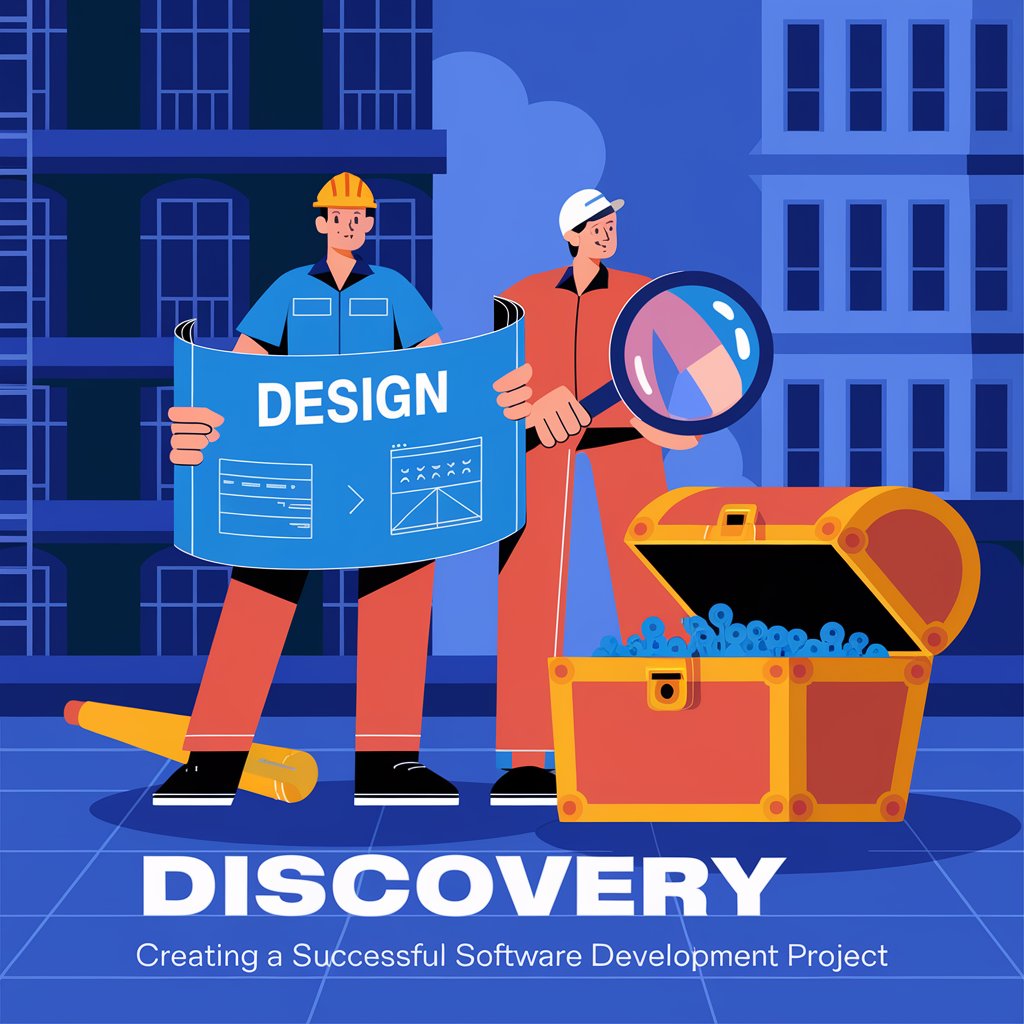UX for Nonprofits: Aligning Digital Strategy with Mission Impact
For nonprofit organizations, a website serves as more than an informational hub—it is a critical tool for donor conversion, volunteer recruitment, and community engagement. However, many nonprofit websites suffer from poor usability, cluttered layouts, and inefficient navigation, leading to missed opportunities for support and engagement.
User experience (UX) design is not merely a technical consideration; it is a strategic imperative that directly influences:
- Donation conversion rates by reducing friction in the giving process
- Credibility and trust through professional, intuitive design
- User engagement by guiding visitors toward meaningful interactions
This article examines the role of UX in nonprofit success, outlines core principles for effective design, and presents a case study on how United Way of Jamaica leveraged UX improvements to amplify its impact.
Why UX is a Strategic Priority for Nonprofits
1. UX Drives Donor Conversion
2. UX Enhances Organisational Credibility
First impressions are formed within seconds. A polished, accessible website conveys professionalism and transparency, reinforcing the legitimacy of your mission. Conversely, a poorly designed site can undermine trust, even for organizations with strong offline reputations.
3. UX Ensures Accessibility and Inclusivity
Nonprofits serve diverse audiences, including individuals with disabilities. Adhering to Web Content Accessibility Guidelines (WCAG) ensures compliance with legal standards while expanding reach to all potential supporters. Furthermore, mobile responsiveness is non-negotiable, given that a majority of web traffic originates from smartphones.
Core UX Principles for Nonprofit Websites
1. User-Centered Design Methodology
- Develop audience personas to tailor the experience for donors, volunteers, and beneficiaries.
- Map user journeys to identify and eliminate friction points in key interactions (e.g., donating, signing up for newsletters).
2. Accessibility as a Foundational Requirement
- Implement alt text for images, keyboard navigation, and sufficient color contrast.
- Prioritize mobile responsiveness to accommodate the growing segment of smartphone users.
3. Clarity and Simplicity in Design
- Reduce cognitive load by eliminating unnecessary content and focusing on core messages.
- Employ intuitive navigation structures to help users find information efficiently.
4. Performance Optimization
- Compress images and minimize scripts to ensure fast load times, as slow performance directly correlates with higher bounce rates.
Case Study: United Way of Jamaica’s UX Transformation
The Challenge
United Way of Jamaica (UWJ) needed a website that better reflected its mission and streamlined donor engagement. The existing platform suffered from outdated design, inefficient donation pathways, and low mobile usability.
Strategic UX Improvements
- Modern, Responsive Design: A mobile-first approach ensured accessibility across all devices.
- Optimized Donation Flow: Simplified forms and secure payment integration increased conversion rates.
- Enhanced Community Engagement: Clear calls to action for volunteering and event participation improved user interaction.
Measurable Outcomes
- Increased donation completion rates
- Higher volunteer sign-up conversions
- Strengthened stakeholder trust and engagement
This case demonstrates how intentional UX design translates into tangible mission impact.
Common UX Pitfalls in Nonprofit Websites
- Information Overload – Excessive text and competing calls to action overwhelm users. Prioritize clarity and focus.
- Neglecting Mobile Optimization – With mobile traffic dominating web usage, a non-responsive design alienates a significant audience segment.
- Ambiguous Calls to Action – Vague prompts like “Learn More” are less effective than direct instructions such as “Donate Now” or “Sign Up to Volunteer.”
Measuring UX Effectiveness
Key Performance Indicators (KPIs)
- Bounce Rate: High rates may indicate poor usability or irrelevant content.
- Conversion Rates: Track donations, newsletter sign-ups, and volunteer applications.
- Average Session Duration: Longer visits suggest higher engagement.
User Feedback Mechanisms
- Conduct usability testing with real stakeholders.
- Deploy surveys and heatmap analytics (e.g., Hotjar) to identify pain points.
Frequently Asked Questions

How does UX directly influence donor behavior?

A seamless, trustworthy experience reduces hesitation, leading to higher donation completion rates. Studies show that optimized UX can increase conversions by over 30%.

What are cost-effective ways for small nonprofits to improve UX?

Begin with high-impact adjustments: simplifying navigation, clarifying calls to action, and ensuring mobile compatibility. Free tools like Google Analytics provide actionable insights.

When should a nonprofit consider a full UX redesign?

Indicators include declining conversion rates, user complaints, or a website that no longer aligns with organizational goals.
Conclusion: UX as a Catalyst for Mission Success
- Increase donor retention and acquisition
- Strengthen community engagement
- Enhance operational credibility
Investing in UX is not an expense; it is a multiplier of impact.
Partner with Norus Technologies for Expert UX Strategy
At Norus Technologies, we specialize in evidence-based UX design tailored to nonprofit objectives. Our approach combines accessibility, performance, and persuasive design to maximize engagement and conversions.
Contact us today to discuss how we can enhance your digital presence and amplify your mission’s reach.







